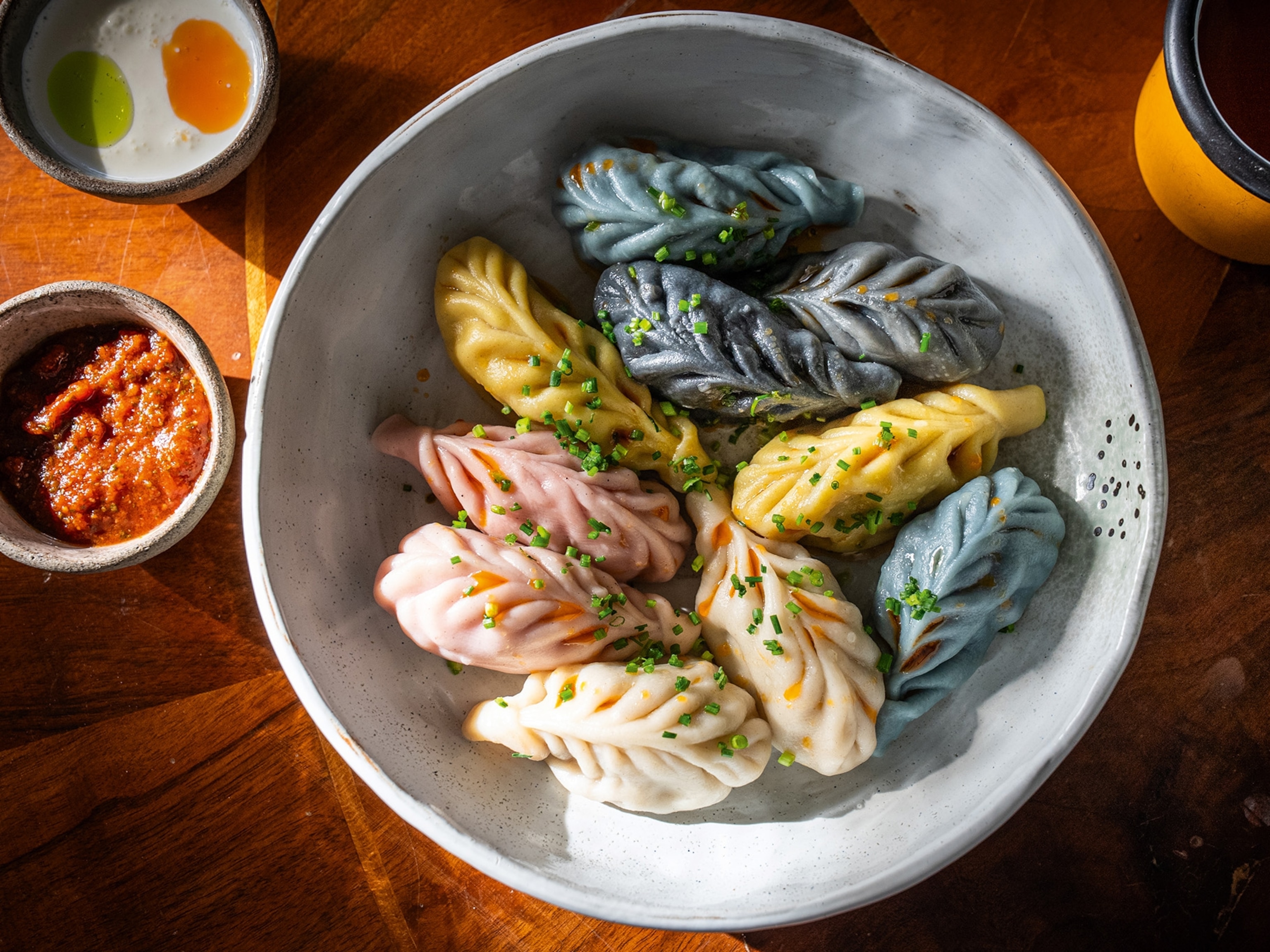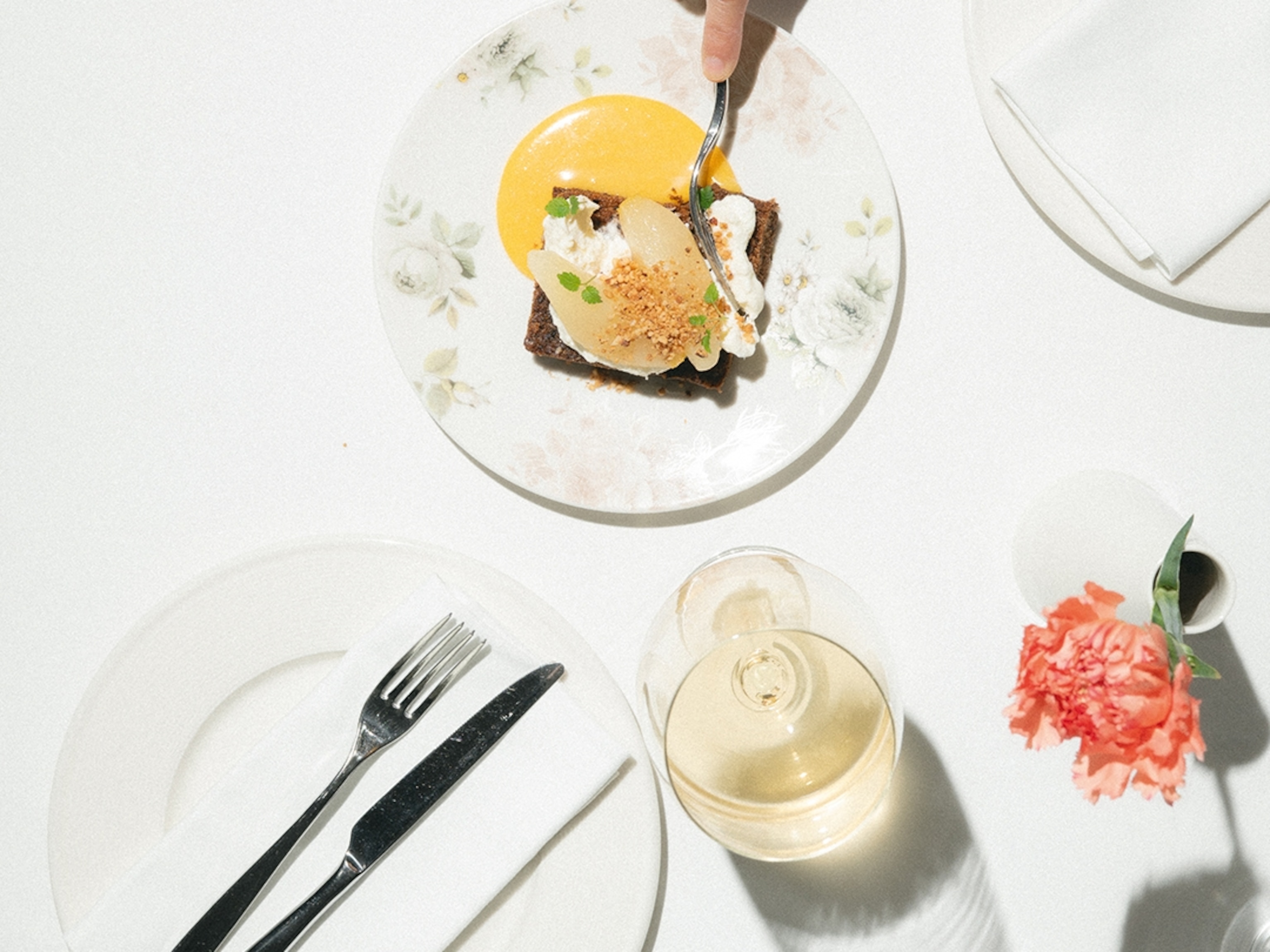
Meet the maker: the Scottish salt producers using age-old techniques
Using a historical technique involving a structure called a graduation tower, Gregorie Marshall has brought salt production back to Ayrshire.
18 Jan 2022, 14:01 GMT — The striking structure standing on the Ayrshire waterfront looks like a giant art installation. But the timber A-frame, slotted with spiky bundles of blackthorn branches, has a practical purpose: to produce sea salt.
It’s the work of master salter Gregorie Marshall, founder of Blackthorn Salt, who visited Germany and Poland to view the ancient graduation towers there, which were once used to produce rock salt. Upon returning home, Gregorie — who originally trained as an architect — drew up plans for a similar structure, to produce sea salt, and with the help of a structural engineer and local craftsmen, in 2019 it was ready.
Salt is as much a part of Gregorie’s heritage as Ayrshire's. In addition to Blackthorn Salt, he also runs Peacock Salt, a company set up by his great-grandfather in 1874. But while Peacock — a salt importer — has thrived for nearly 150 years, domestic salt production in Scotland has declined during this time, with the last Scottish pan house closing down in 1959.
Now, thanks to Gregorie, salt is being produced in Ayrshire once more, using nothing but west coast seawater and a traditional method, which, although new to Scotland, dates back to the sixth century. Seawater, pumped to the top of the tower, trickles slowly down through the blackthorn branches, the increased surface area created by the thorns accelerating the evaporation process. The cycle is repeated until the salinity of the water has risen from 3.5% to about 22%. The resulting brine is then pumped into the neighbouring pan house, where it’s heated. At this stage, the exquisite, pyramid salt crystals start to form.

"We worked with the University of Strathclyde to determine the best angle of the tower for maximum evaporation," explains Gregorie. The west coast winds and the sun do the rest. "The tower is built from timber — Scottish larch and fir — and the salt air will help to preserve the wood."
Blackthorn (sloe) was chosen on account of its huge thorns and the generous surface area they provide. Gregorie sourced half of the blackthorn from Scotland, with the rest coming from Poland, but has plans to plant and coppice his own bushes. “It's a hardwood, so hopefully it will last around seven to 10 years before it needs replacing. And it's sustainable."
The slow trickle of water is hypnotic, as is the structure from the inside, the light filtering through the branches, the atmosphere damp. There's only a faint hint of salt on the air at the start of the process. “Sometimes it smells of fish bisque," Gregorie adds, smiling. As we clamber up the wooden steps through a trap door onto the roof, he points out the original Maryborough pan houses in the distance.
Traditional table salt is about 99% sodium chloride. Unbleached and beige-hued (from the tannins), Blackthorn Salt is only 94% — what remains contains 60 or 70 minerals, including magnesium and calcium, which influence the flavour. The result? A subtler, sweeter and mellower salt, created in the most mesmerising way.
Top three local ingredients
Ayrshire Earlies: The humble Ayrshire 'tattie' was granted PGI (protected geographical indication) status in 2019 after a campaign by Girvan Early Growers co-operative. A variety of new potato dating back to 1859, it benefits from the mild, west-coast climate and sandy soil. Harvested from May, it has a sweet, creamy taste.
Ayrshire dunlop: The distinctive Ayrshire brown-and-white cow produces a rich, tasty, creamy milk that’s high in fat and protein. It’s used to make Ayrshire Dunlop, a traditional farmhouse cheddar-style cheese first produced in the village of Dunlop in the 17th century. It was awarded PGI status in 2015. dunlopdairy.co.uk
Ayrshire bacon: It's the method of curing that’s key to the distinctive Ayrshire bacon. The skin and bones are removed from the outdoor-reared pork, which is then slow-cured in salt, with the fatty, streaky bacon rolled around the back bacon. ramsayofcarluke.co.uk
Published in Issue 14 (winter 2021) of National Geographic Traveller Food (UK)
Follow us on social media
Facebook | Twitter | Instagram





